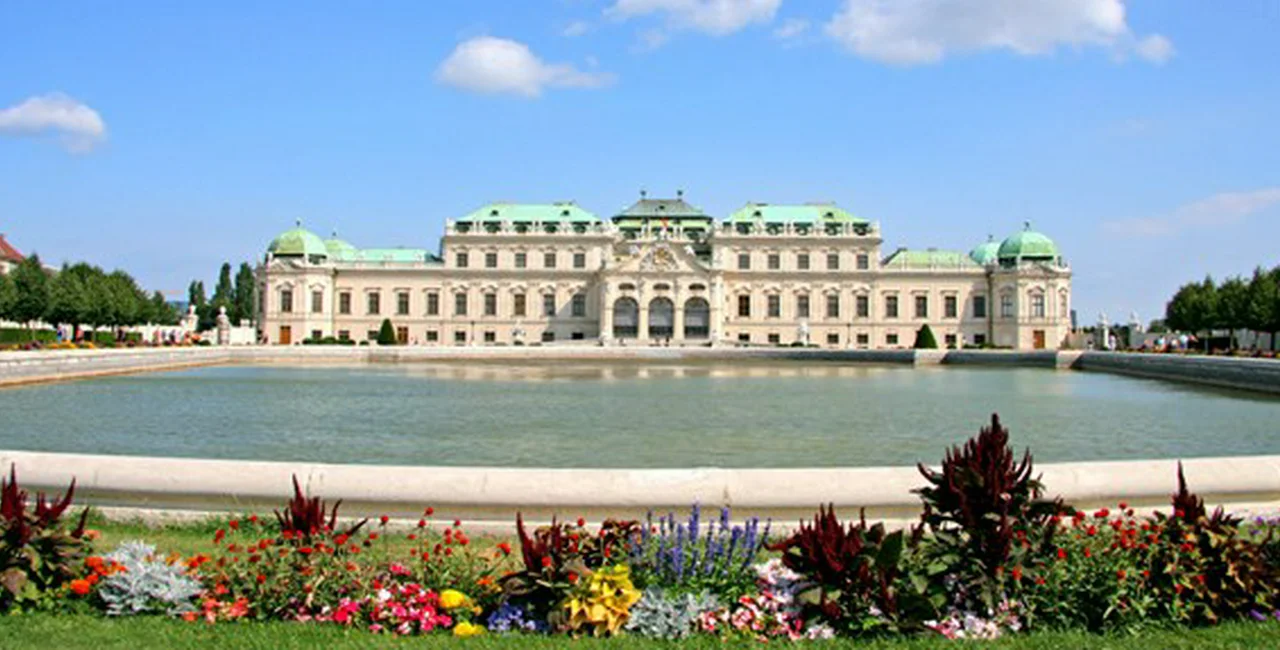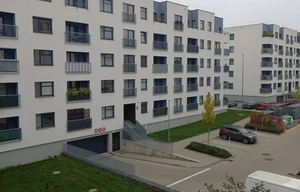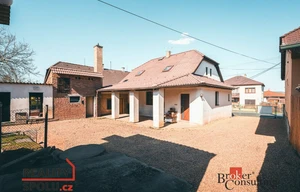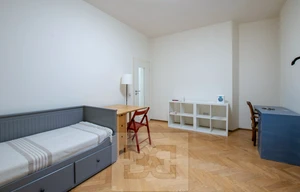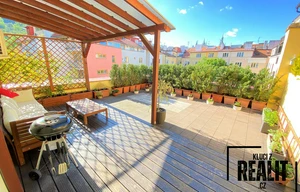Imperious Habsburg architecture….Mozart…Traditional coffee houses….Harry Lime…Regular top rankings in world capital quality of life surveys…… As a tourist destination, Vienna (Wien) needs little introduction. The grand Habsburg capital, which ruled vast stretches of Europe, including the Czech lands, has lots to offer, including a big-city atmosphere lacking in Prague. In comparison, the Czech capital can feel decidedly provincial, like a regional capital, which it was during the Habsburg era.
Paradoxically, Vienna is also a Czech city. Thousands of Czechs, especially Moravians, flocked to the Austrian capital in the 19th century, working mainly in low-paid professions. They frequently stayed, integrated and became Viennese citizens. Even today, you’ll see Czech names, or rather Germanized versions of them, everywhere.
GETTING THERE AND AROUND
Regular intercity trains run from Prague Main Station (Praha hlavní nádraži) or Praha Holešovice station (and then Prague Main Station), all via Brno; trains from Poland to Vienna pass through Ostrava and Olomouc. Previously, most services from the Czech Republic wound up at Wien Südbahnhof station, but as the terminus has been demolished and will rebuilt as “Vienna Central Station”, trains currently terminate at Wien Meidling or Wien Praterstern stations.
Public transport in Vienna is efficient, clean and very user-friendly. Like that of Prague, the system is an integrated network comprising the metro (U-bahn), trams (strassenbahn) and buses, all operated by Wiener Linien. A flat fare ticketing system applies. The newly introduced Vienna Ring Tram, designed for tourists, laps the Ringstrasse, the circle of streets, each suffixed by the term “ring”, which neatly delineate the historic center. As a number of key attractions are located on or very close to it, a tram ride along at least part of the Ringstrasse is a great way of sightseeing while getting to grips with Vienna’s layout.
TOURIST INFORMATION
The main tourist office is located at the corner of Albertinaplatz and Maysedergasse.
Vienna is surprisingly compact. The historic core or Innere Stadt contains most of the city’s attractions, and can be easily crossed on foot. You could get to the grips with the Ring and then venture beyond its boundaries and into the heart of the city. Or, you could see the Innere Stadt first.
RINGSTRASSE
Very conveniently, a number of Vienna’s sights are clustered together along the Ringstrasse, Vienna at its grandest. The renowned State Opera (Staatsoper), Neo-Classical Austrian Parliament (Parlament), and the Neo-Gothic Town Hall (Rathaus) punctuate the southern and eastern sections of the Ring. Vienna’s famous Christmas market occupies the square in front of the Town Hall; facing it is another landmark, the prestigious Burgtheater.
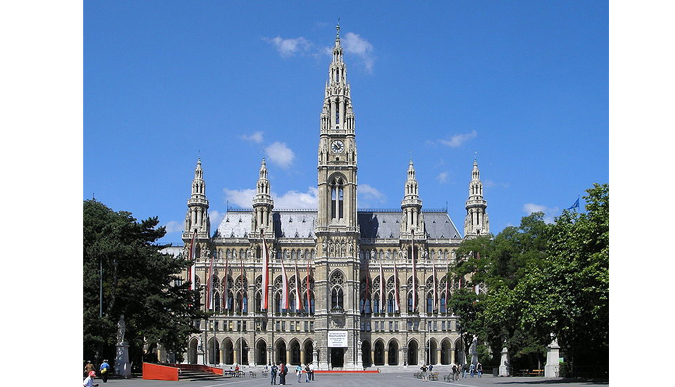
Rathaus
Museum and gallery fans will want to head to the area between the Staatsoper and the Parliament, a mini-quarter containing three of Austria’s most important museums and gallery complexes. The Museum of Art History (Kunsthistorisches Museum) has many great examples of European Art from the 15-18th centuries, and the architecturally identical Museum of Natural History (Naturhistorisches Museum Wien) stands immediately opposite. Across the Ringstrasse lies Museumsquartier, a huge complex draped around a series of courtyards. Museumsquartier includes several museums and galleries, such as the Architekturzentrum Wien, as well as exhibition spaces and shops. In summer, you can lounge in the courtyards, which are complemented by good cafés.
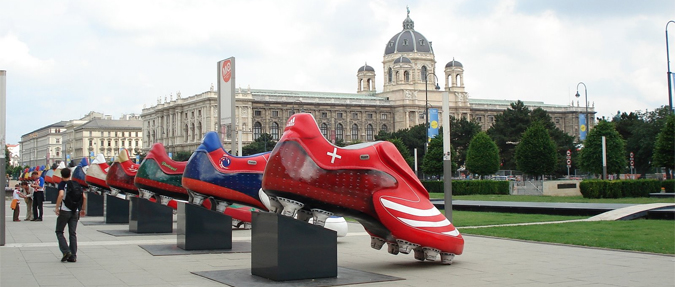
THE HISTORIC CORE
A good place to start exploring the historic core is at Kärnterstrasse, Vienna’s most famous shopping thoroughfare. From there it’s a short hop to the heart of Vienna, Stephansplatz square and the short Graben street adjoining it. Stephansplatz takes its name from one of the city’s main landmarks, the Gothic cathedral of St Stephan or Stephansdom, which looms imperiously over its neighbours. The 136-meter spire looms over the cathedral itself and its famous tiled roof. The shorter, stubbier tower is open to the public and offers superb views over the city.
Other attractions in the historic core are clustered in groups. If you want to get an idea of what Baroque Vienna looked like during Mozart’s day, you should head for Wollzeile or Backerstrasse, both leading off Rotenturmstrasse, which starts just north of the Stephansdom. A wander around the streets in this part of town is a journey back in time to Mozart’s Vienna. The genius composer stayed at Domgasse no. 5, known as the Figarohaus and today a rather lacklustre museum to the composer. Perhaps more engaging is the network of lanes and alleys in the vicinity, such as Schönlaterngasse and Blutgasse. Further east is the famous Art Nouveau Postal Savings Bank (Postsparkasse), designed by Otto Wagner. Close by, on the otherside of Stubenring is the Museum of Applied Arts (Museum für Angewandte Kunst or MAK).
Back on Rotenturmstrasse, it’s a short walk to another cluster of old Vienna streets, around the ancient Ruprechtkirche on Ruprechtplatz. Cross Marc-Aurel-Strasse and you’ll come to the former Jewish Quarter, the most visible reminder of which is British sculptor Rachel Whiteread’s Holocaust Memorial on Judenplatz.
Judenplatz is close to the square at Am Hof, at the center of another group of lesser attractions, such as the Kirche am Hof church and the Schottenkirche. The latter lords it over Freyung, which connects with Herrengasse, an important thoroughfare and home to one of Vienna’s most famous cafes, Café Central. If you continue east from Café Central, you’ll soon come to one of Vienna’s start sights, the Hofburg.
HOFBURG
Vienna is of course associated with the Habsburg dynasty, and their headquarters, the Hofburg, a complex dating back to the 13th century, is suitably gargantuan. The sprawling structure could easily take up a day’s sightseeing, and highlights include the Imperial Apartments (Kaiserappartements), the famous Spanish Riding School (Winter Reitschule), and the Silver Collection (Silberkammer). The Hofburg also houses the headquarters of the Austrian National Library, which centers on the State Hall (Prunksaal). Heldenplatz, in front of the curving Neue Burg of the Hofburg, is a great vantage point for taking in the sheer size of the complex. In contrast, the adjacent Volksgarten park is modestly proportioned and oasis of calm despite its location.
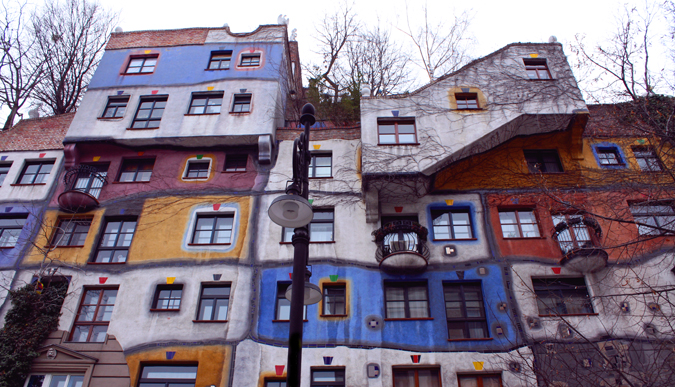
Hundertwasserhaus
BEYOND THE RINGSTRASSE
Beyond the Ringstrasse lie several a couple of other Viennese must-sees: the Belveder complex and Schönbrunn Palace. The gleaming white Baroque Upper Belveder houses a gallery of modern art, including works by Gustav Klimt, and the adjacent gardens offer great views of the city. The attraction is within walking distance of the center, or a short tram journey up the gentle incline that slopes up to the Upper Belveder. If you reach it from Prinz-Eugen-Strasse you’ll pass through Karlsplatz, dominated by the Karlskirche, one of Vienna’s most monumental Baroque churches. Equally monumental is adjacent Schwarzenbergplatz, the centrepiece of which is a giant foaming fountain and Soviet war memorial.
The Habsburgs spent their summers at the vast 1,441-room Schönbrunn Palace, west of the center. Empress Maria had the complex built in the 18th century and the interiors are suitably lavish. Today, Schönbrunn Palace is one of the most important monuments in Austria. Visitors can also explore the extensive gardens that adjoin the palace and gradually rise to a summit, topped by the eyecatching Gloriette. The climb to it is deceptively steep.
The Viennese café (café or kaffeehaus in German) is a tourist attraction in its own right and justifiably famous, evidenced by extensive list of ways the coffee bean is brewed, such as the cream-laden Schlagobers or the Kaisermelange, accompanied by an egg yolk.
Each café has its own particular quirks and clientele, from the snooty Café Landtmann, near the Burgtheater, to the curiously retro Prückl on the eastern side of the Ringstrasse. The scruffily lovable Hawelka, in a narrow lane near the Stephansdom is named after an Austrian of Czech descent who founded the café after the Second World War. Leopold Hawelka, who died just before New Year 2012 aged 100, became a symbol of Vienna. Despite its location, Café Hawelka manages to avoid being a tourist trap, and remains popular with locals and visitors alike.
Have you been to Vienna? Have any tips for things to see & do?
Related articles
- 10 Travel Articles That’ll Get You Excited for Autumn In the Czech Republic
- VIDEO: Amazing Recreation of 14th-Century Construction of Charles Bridge
- Prague Is the Cheapest City In Europe for Ballet, Opera, Art
- Český Krumlov Mulls Over Charging Tourists a Toll
- New Travel Guide Puts Czech Monasteries On the Map












 Reading time: 6 minutes
Reading time: 6 minutes 